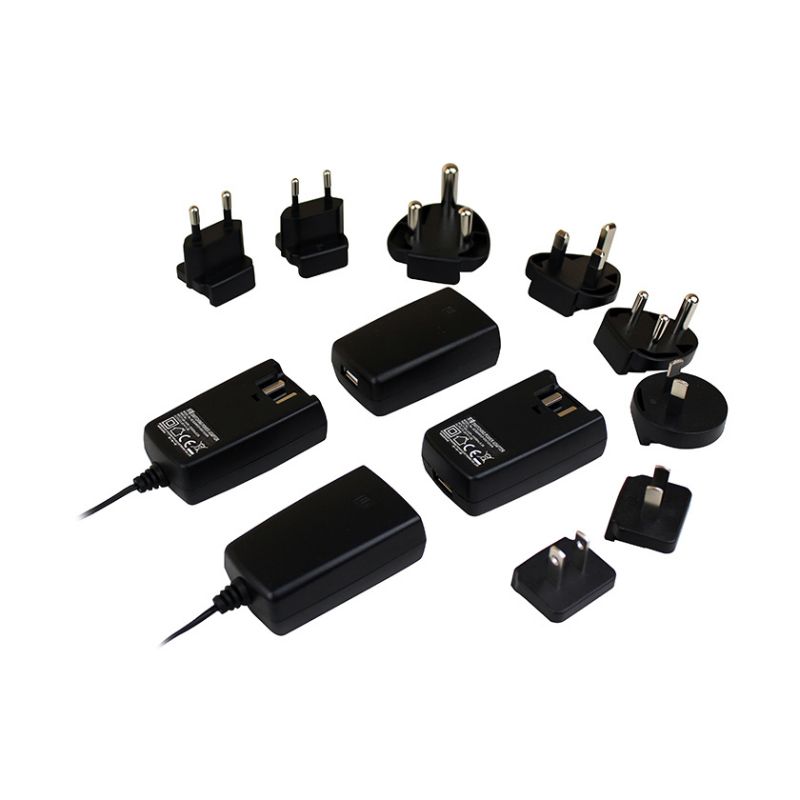Classification of Device Safety and Patient Environment in the Medical Power Design Industry
The classification of the patient environment is a crucial aspect of medical device safety, particularly in the context of electrical safety and the design of medical power supplies. The patient environment refers to the physical area around a patient where medical equipment is used, and where the patient may be exposed to electrical hazards. Understanding and classifying the patient environment helps in applying appropriate safety measures and ensuring compliance with relevant standards, such as IEC 60601-1.

Classification of Patient Environment:
1.General Patient Environment:
Definition: This includes areas where patients are located but are not in direct contact with medical devices that could pose a significant risk of electrical shock. Examples include patient rooms, wards, and general care areas.
Safety Considerations:
Medical devices in these environments must meet basic safety standards, including protection against electrical shocks, but the requirements are less stringent compared to more critical areas.
Leakage current limits and insulation requirements are generally based on the assumption that the risk of direct electrical contact is lower.
2.Critical Care Areas (ICU/CCU):
Definition: These are areas where patients are under continuous medical supervision and are often connected to life-support equipment or other critical medical devices. Examples include Intensive Care Units (ICUs) and Coronary Care Units (CCUs).
Safety Considerations:
The risk of electrical shock is higher due to the continuous use of medical devices, often in direct contact with the patient. Therefore, stricter standards for leakage currents, insulation, and grounding are applied.
Equipment used in these areas typically requires compliance with 2 x MOPP (Means of Patient Protection) to ensure maximum safety.
Redundancy and fail-safe mechanisms are also more critical in these environments to prevent any interruption in patient care.
3.Operating Rooms (OR):
Definition: Operating rooms are specialized environments where patients undergo surgical procedures, often under anesthesia. These areas are highly controlled and involve the use of a wide range of medical devices, from monitoring systems to surgical instruments.
Safety Considerations:
Equipment used in operating rooms must meet the highest safety standards due to the critical nature of the procedures and the vulnerability of patients.
Strict limits on leakage currents are enforced, and the use of isolated power systems (IPS) is common to prevent electrical shocks.
Devices must also be resistant to electromagnetic interference (EMI), as operating rooms often contain a high density of electronic equipment that could potentially interfere with each other.
4.Home Care Environment:
Definition: This includes the patient’s home or other non-clinical settings where medical devices may be used for ongoing care, such as oxygen concentrators, infusion pumps, or home dialysis machines.
Safety Considerations:
While the environment is less controlled than in a hospital, devices must still meet essential safety standards, particularly regarding leakage currents and insulation.
User-friendly designs with simple interfaces are important, as patients or caregivers may not have the same level of technical expertise as healthcare professionals.
Portable or battery-operated devices need to be particularly safe and reliable, with mechanisms in place to alert users to any issues such as low battery or device malfunction.
5.Wet or Moist Environments:
Definition: This includes areas where medical devices are used in proximity to water, such as bathrooms, hydrotherapy rooms, or certain surgical environments where fluids are present.
Safety Considerations:
The presence of water increases the risk of electrical shock, so devices used in these environments must have higher levels of protection against moisture and water ingress (often reflected in a higher IP rating).
Extra precautions, such as enhanced insulation and waterproof connectors, are essential to prevent accidents.
Leakage current limits are even stricter in these environments to account for the increased conductivity of water.
Impact on Medical Device Design:
· Leakage Current: The classification of the patient environment directly influences the allowable leakage current levels for medical devices. More critical environments require lower leakage currents to ensure patient safety.
· Insulation and Isolation: Devices used in more sensitive environments, such as ICUs or operating rooms, often require reinforced or double insulation and isolation techniques to protect against electrical hazards.
· Equipment Selection: Manufacturers must carefully select and design medical devices based on the intended environment, ensuring that they meet the necessary safety requirements and standards.
· Regulatory Compliance: Compliance with IEC 60601-1 and related standards is mandatory, and the classification of the patient environment helps determine the specific requirements that must be met.
The classification of the patient environment plays a vital role in ensuring the safety and effectiveness of medical devices. By understanding the specific risks associated with each type of environment, manufacturers can design and produce equipment that meets the necessary standards, thereby safeguarding both patients and healthcare providers.






